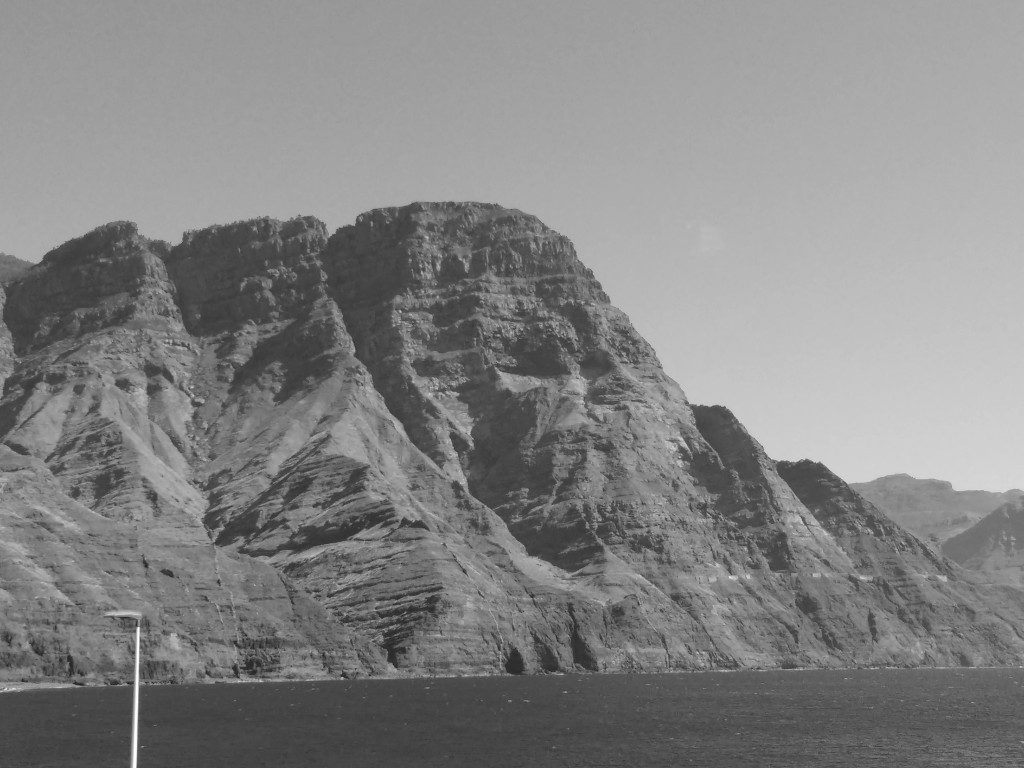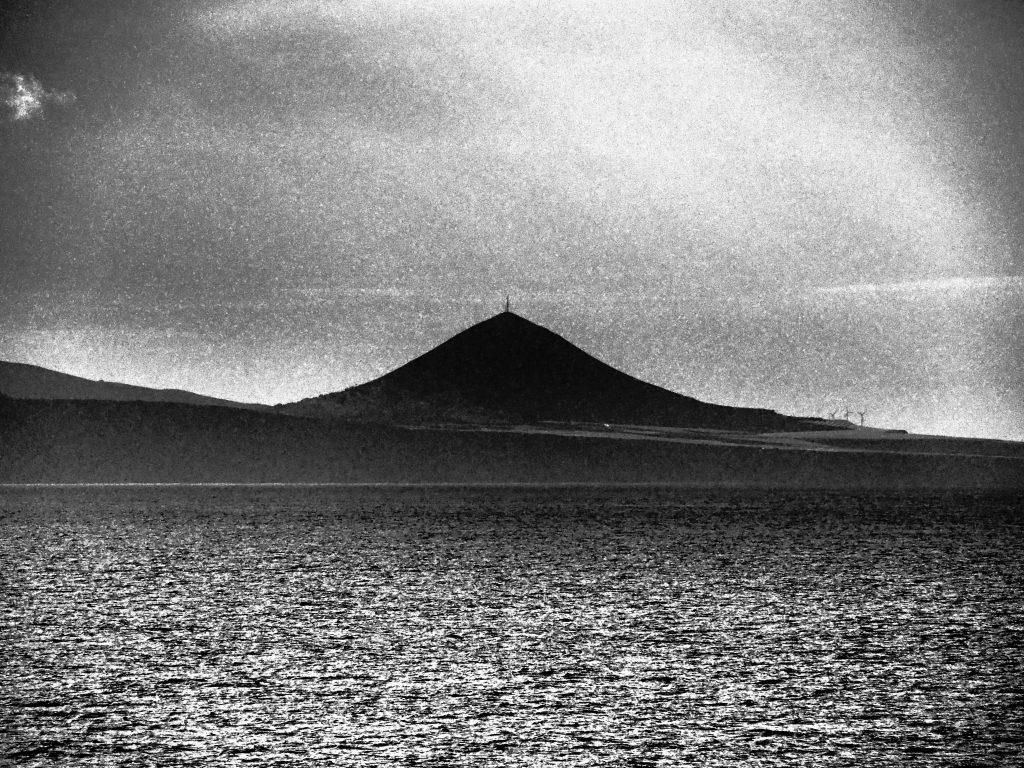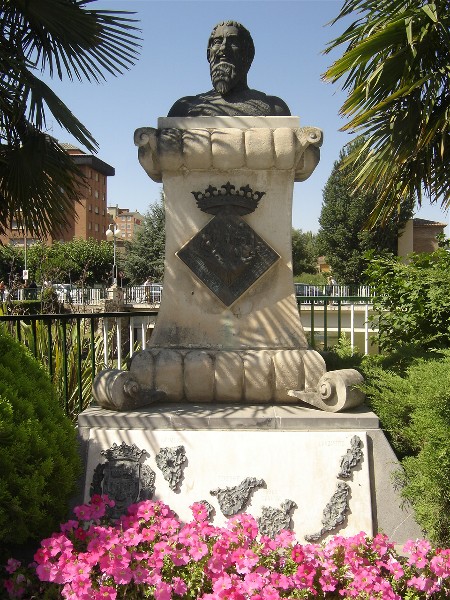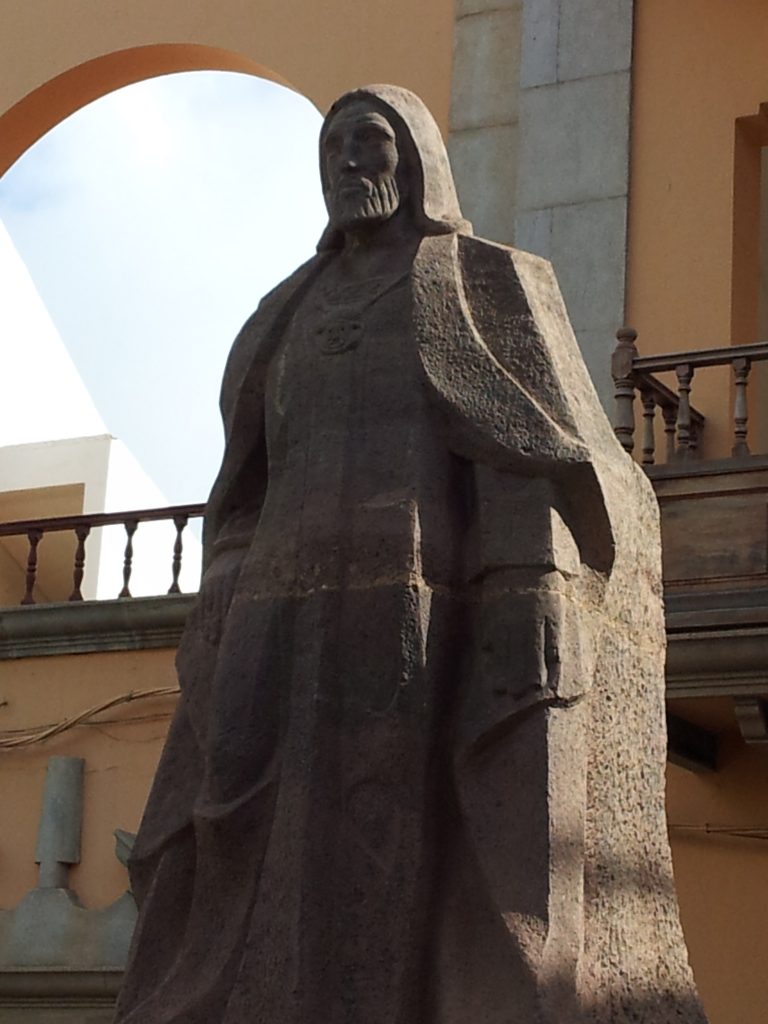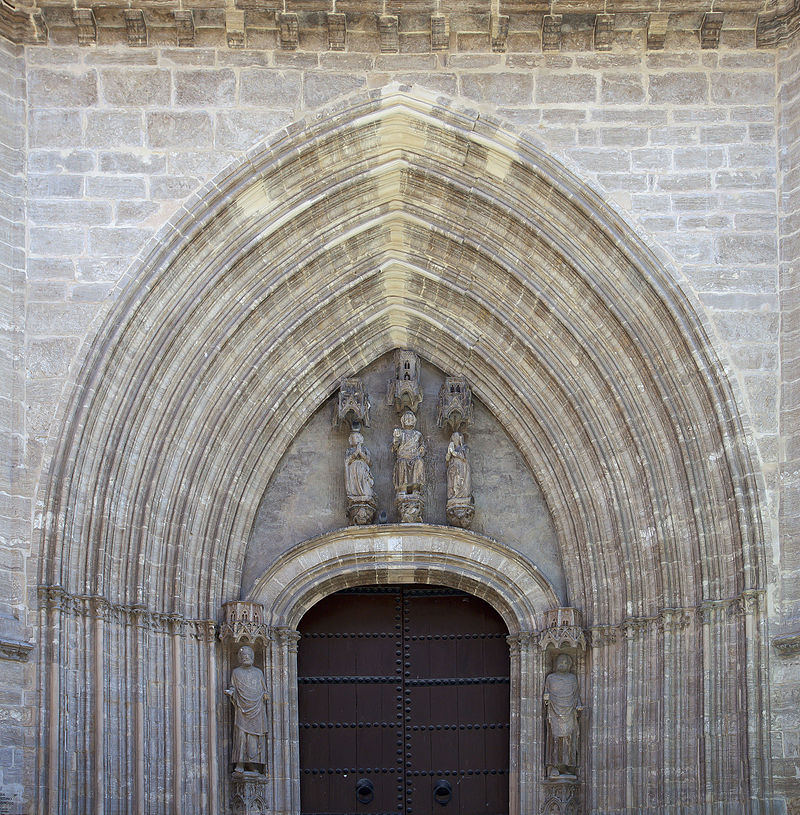Too many Canarians...
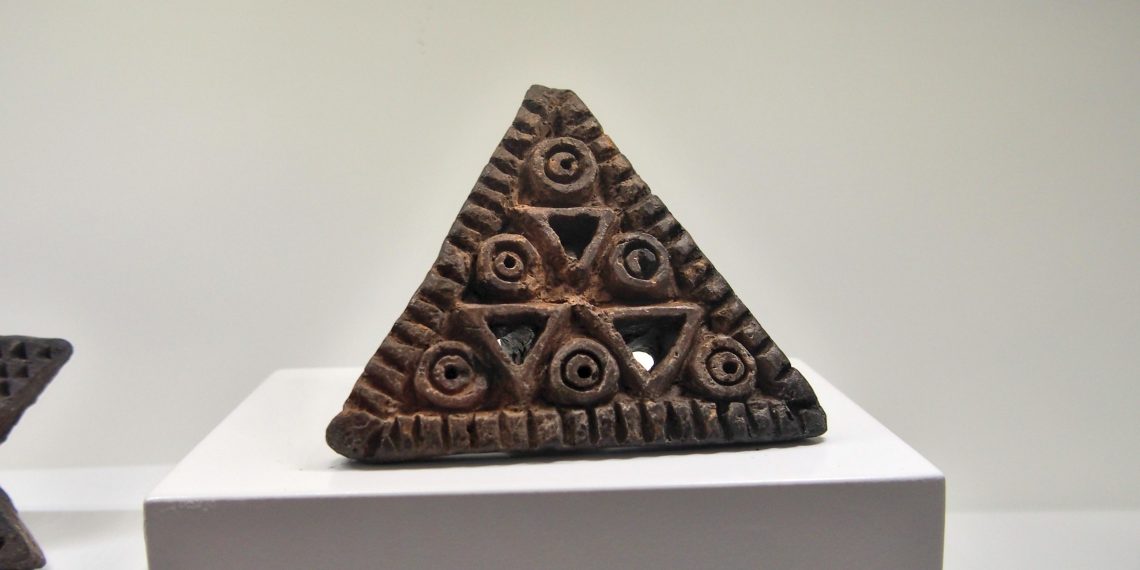
A pintadera made by ancient Canarians kept at Museo de La Fortaleza, Santa Lucía de Tirajana, Gran Canaria (source: PROYECTO TARHA, 2016)
It is usually argued that after the conquest of each of the Canary Islands, especially after the campaigns undertaken by the Crown of Castile itself in the cases of Gran Canaria, La Palma and Tenerife, the new, imposed political, legal and administrative order was configured in such a way that the original inhabitants enjoyed the same rights and freedom as the other subjects of the kingdom, as long as they embraced Christianity and submitted themselves to the authority of the Castilian throne, a consideration officially included in documents such as the already exposed Letter of Calatayud. Nevertheless it is well known that the new colonial regime discriminated against and marginalized most of the indigenous population compared to the European one, especially those individuals and family groups that actively or passively refused to collaborate with the invaders during and after the occupation war.

